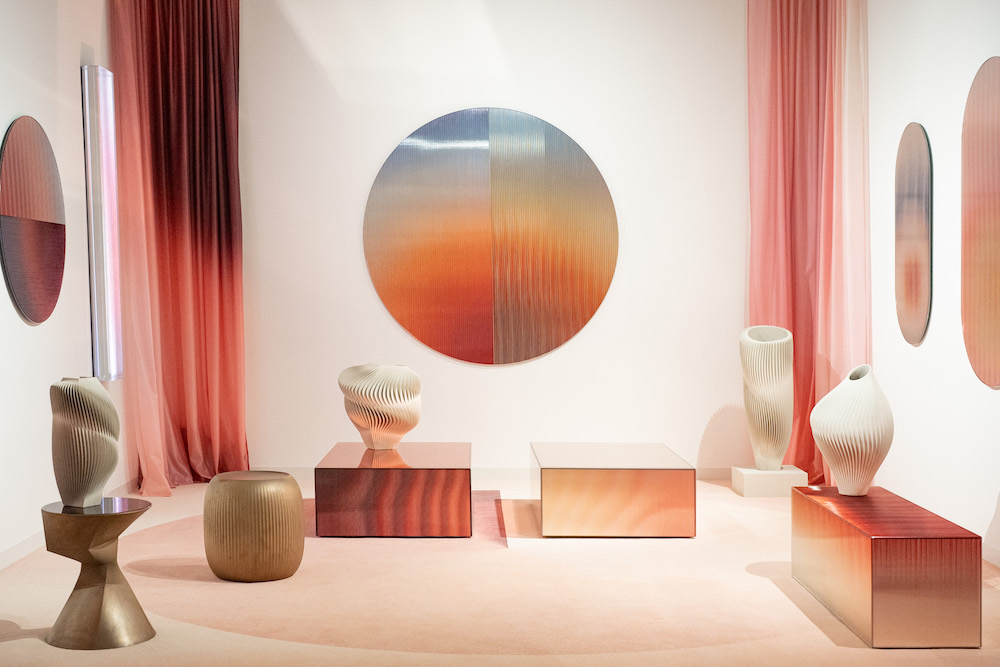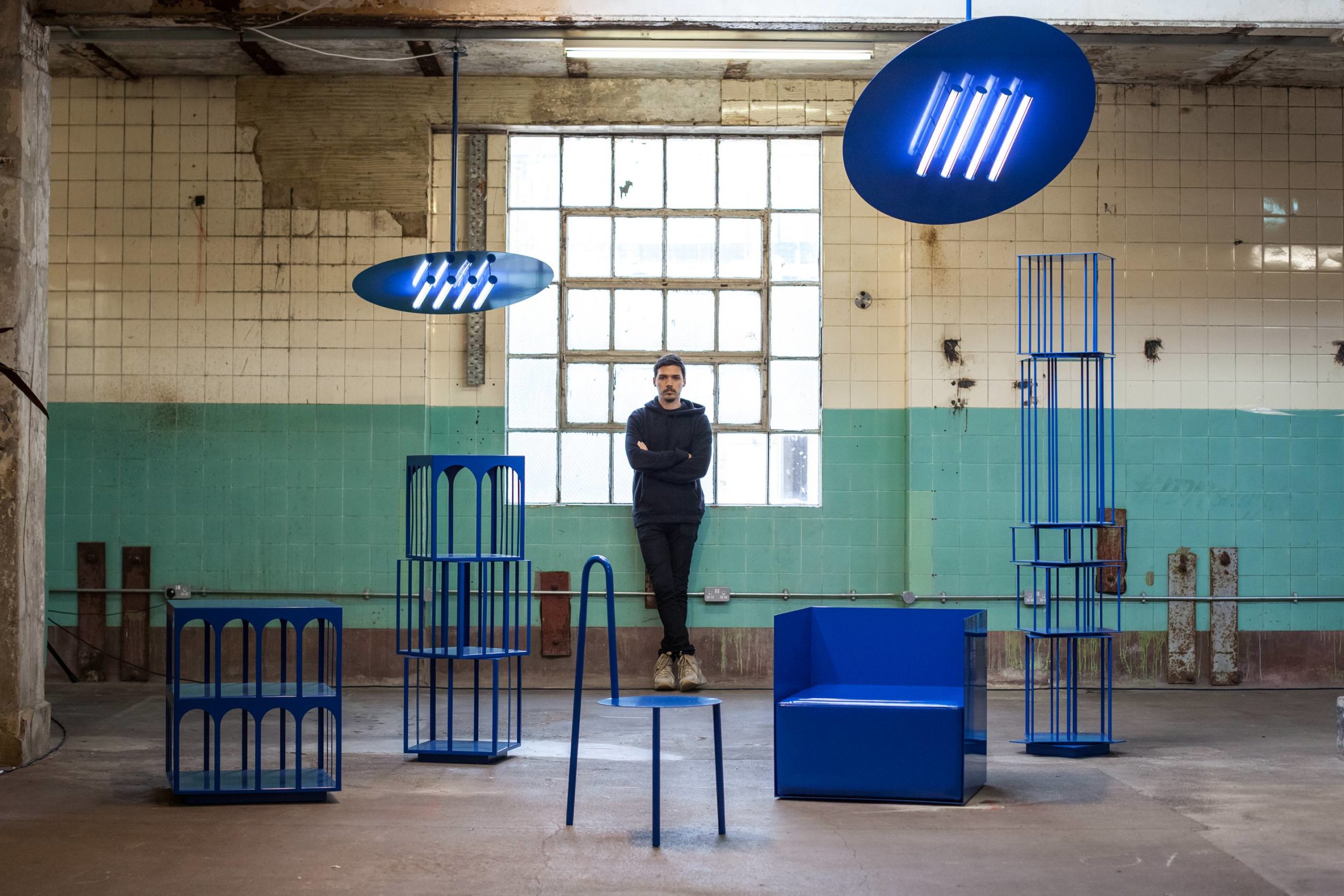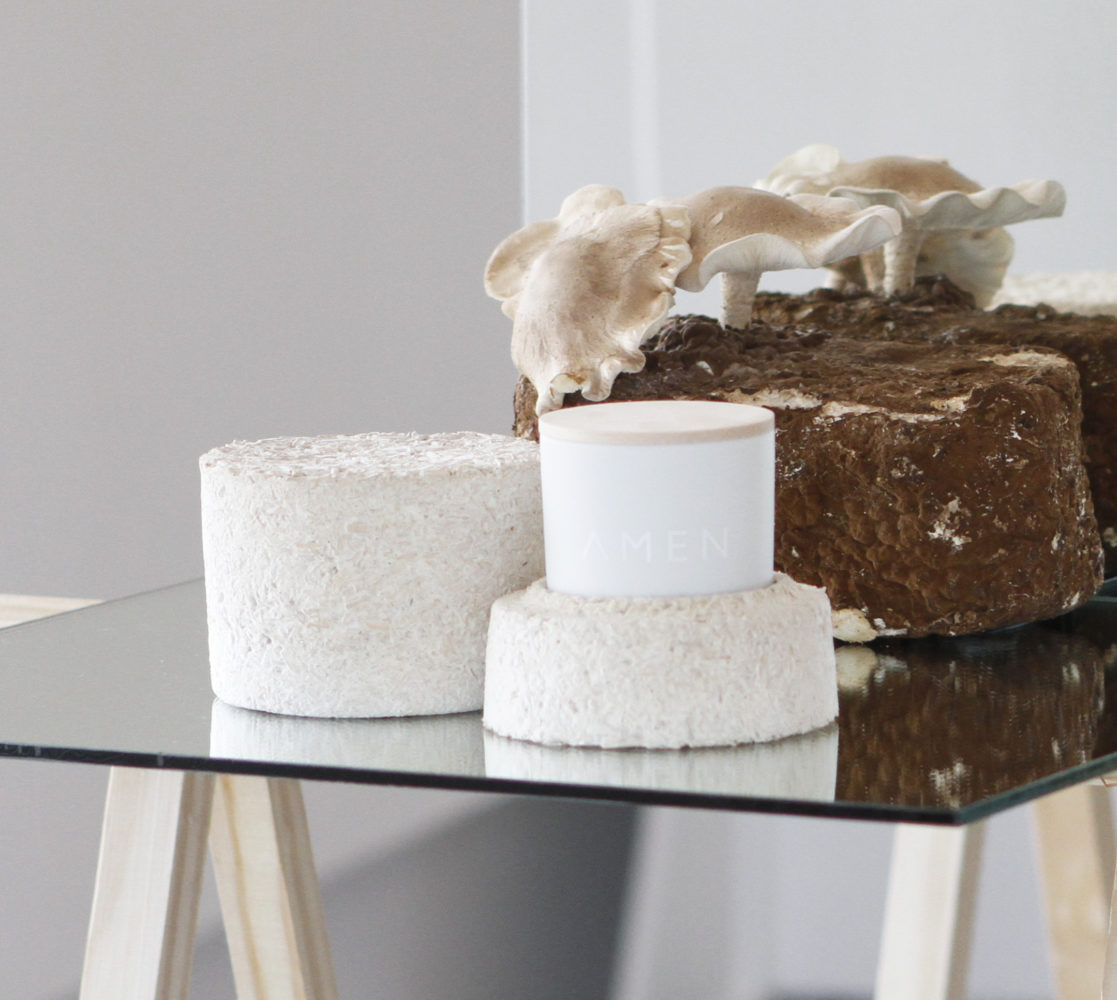Yves Béhar will be given this year’s Design Miami/ Design Visionary Award on December 2, presented by Panerai, coinciding with the fair and a special on-site exhibition of the designer’s work. Béhar and his San Francisco–based firm have been behind some of the most innovative and inspiring design-based social projects, including One Laptop per Child, See Better to Learn Better, and the newly announced initiative SPRING. He’s also been responsible for projects with “design for all” in mind—Jawbone’s Jambox, SodaStream, and Nivea product design—that have made their way into many more homes than products by his peers. We spoke with the Béhar about the potential for social change in design and technology.
WHITEWALL: With your projects like One Laptop per Child and See Better to Learn Better in Mexico, you’ve shown the potential for design to create social change. At what point in your career as a designer did you see that potential—or was that always part of design’s appeal for you?
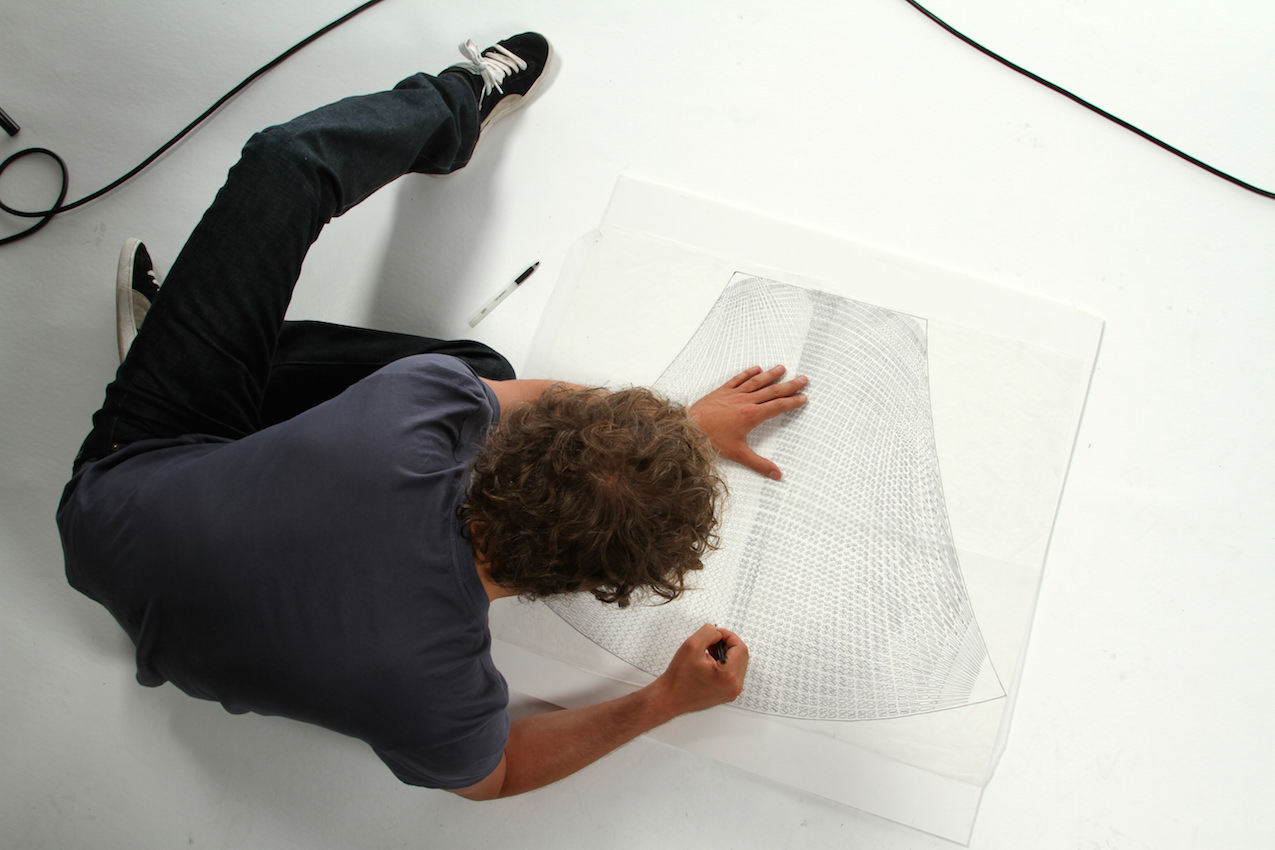
Courtesy of Yves Béhar
YVES BÉHAR: I think I’ve always seen design as essentially a practice that thinks about humanity, in a sense. I think it was always a part of it. Growing up in Switzerland, I was not that far from institutions like the Red Cross, so it always felt like you should incorporate some social thinking into everything you do. The One Laptop per Child and the New York City Condom were the first two that I worked on that had that much visibility and set very aggressive goals and targets. Starting 12 years ago, it became a very big part of our practice.
WW: Can you tell us about the recently announced SPRING accelerator, an ambitious project in collaboration with USAID, DFID, and the Nike Foundation called “Spring” business accelerator based in East Africa, which provided finance, mentors, and technical expertise to businesses that can improve lives of adolescent girls?
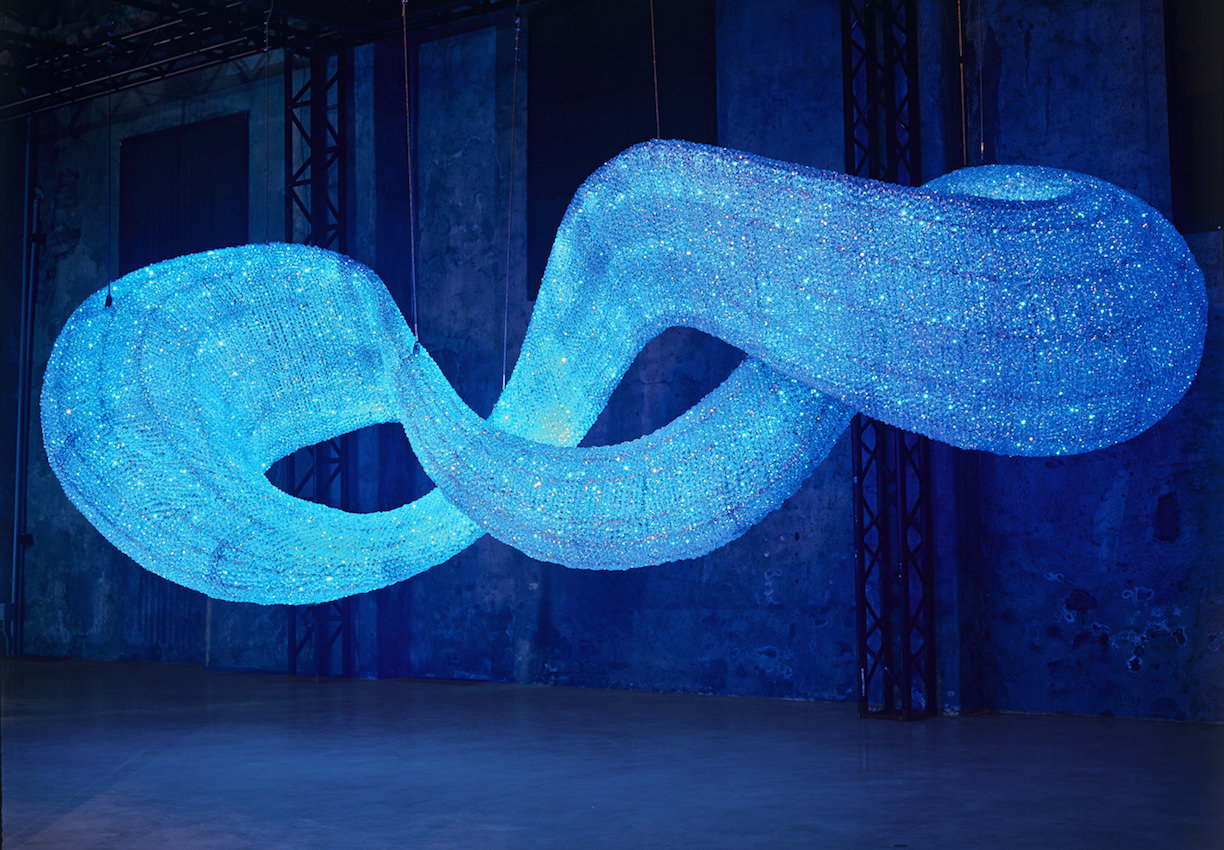
Swarovski voyage chandelier.
YB: Our role is to drive and organize and really design a new approach to this social project, which supports entrepreneurs in the developing world. What’s asked of these entrepreneurs is that their for-profit venture needs to benefit the lives of adolescent girls. It’s a partnership with USAID, the Nike Foundation, and the Girl Effect. What we do is we’re essentially providing support of every kind. Whether it’s business planning, scaling, marketing, design, digital, and product, we are there every step of the way, partnering with local entrepreneurs. This project really brings together three parts of the fuseproject, and of what I’ve done since the beginning of my career. First is a belief that design has a role to play in a central fashion on any kind of enterprise and project. The second is a belief that entrepreneurship is something that designers need to be a part of. And the third is design for social good, whether in education or health. For the first time I’m bringing all three of these under a single project. SPRING really is a completely new type of accelerator in the developing world.
WW: You decided at a fairly young age that you wanted to be a designer and wanted to go to the Art Center College of Design at Pasadena. We read an interview where you talked about how when you chose to stay in the U.S., everyone in Europe was shocked, saying there was no design in America. What appealed to you about design in the U.S. at the time?
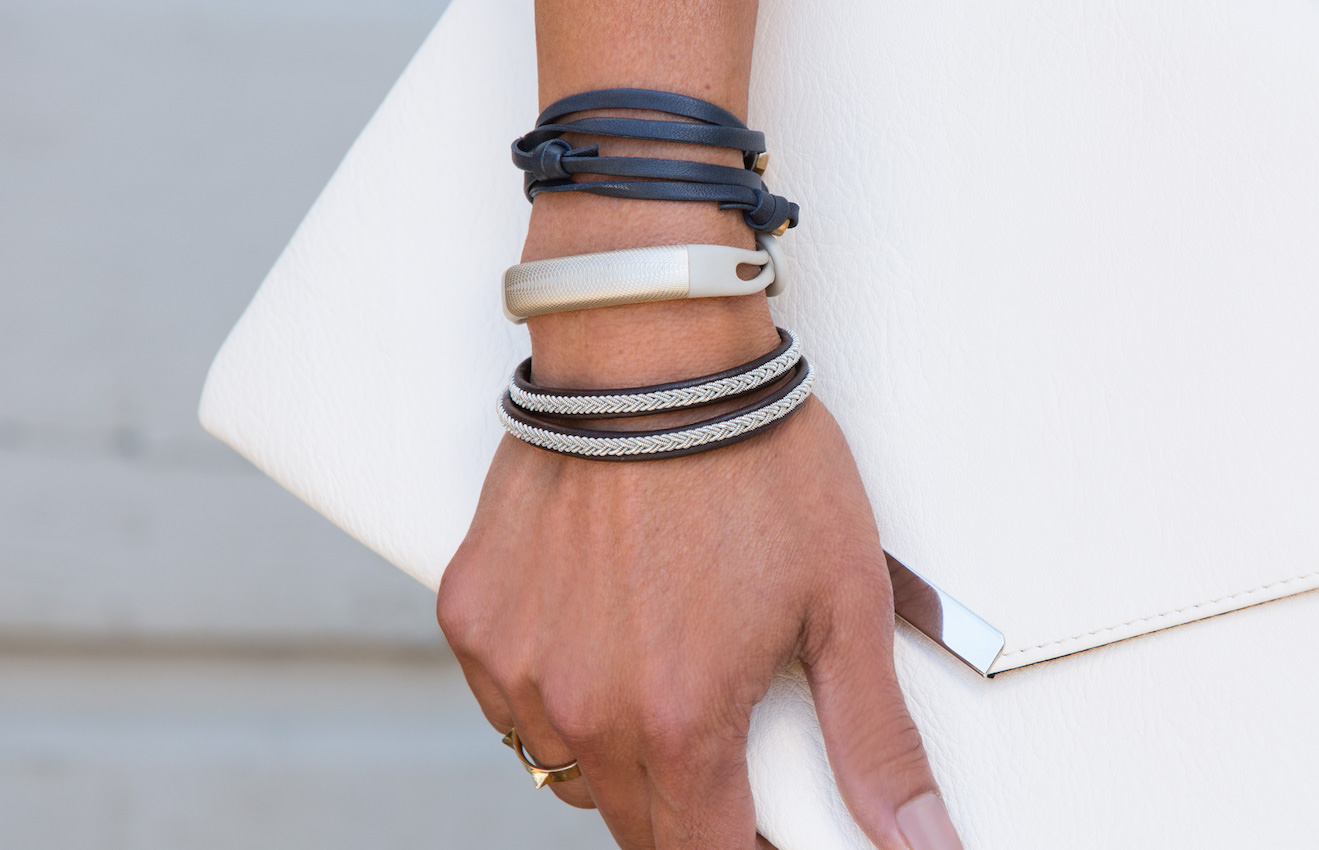
Jawbone’s Up.
YB: At the time, there wasn’t the level of design of historical companies like Knoll or Herman Miller; there wasn’t a new generation of design that was truly exciting as seen from Europe. All of the dynamic parts of the design scene were really in Milan, Paris, and London. To be very honest, the general design taste and awareness in America, both on the business side and on the consumer side, wasn’t there. People were not thinking that design was for the masses. [But] I recognized when I came to San Francisco in the mid-nineties and worked in Silicon Valley, that the new technological tools that were being built had been moving from the backrooms and into people’s living rooms and home offices and offices. [I saw] that technology was something that was starting to become something that everybody was going to be familiar with. There was a long way to go, but I could see how that sort of mentality—the openness, the awareness of collaboration, and the desire for change—was something that was going to mix well eventually with design.
WW: With objects like Jawbone’s UP, a wearable fitness tracker, you seem quite interested in “moving design closer to the body” with technologies that adapt to you over time. What sort of potential do you see there, in terms of social change?

YB: Design is about connecting in a human way, so serving the constituencies of a nonprofit is not that different from serving customers of a for-profit business. Wearables are a tremendous opportunity in healthcare. There is zero doubt in my mind that wearables are showing lifestyle and health data and how that starts to affect people’s lives. We’re at the infancy of this, but I can see how sensors and research and technology are getting much smaller and faster and more integrated, more adapted to the needs of being on the body. I have no doubt in my mind that in the next ten to twenty years we will know so much more about our health in real time as changes happen in our bodies and not just get diagnosed late in different diseases and different things that happen to us.





